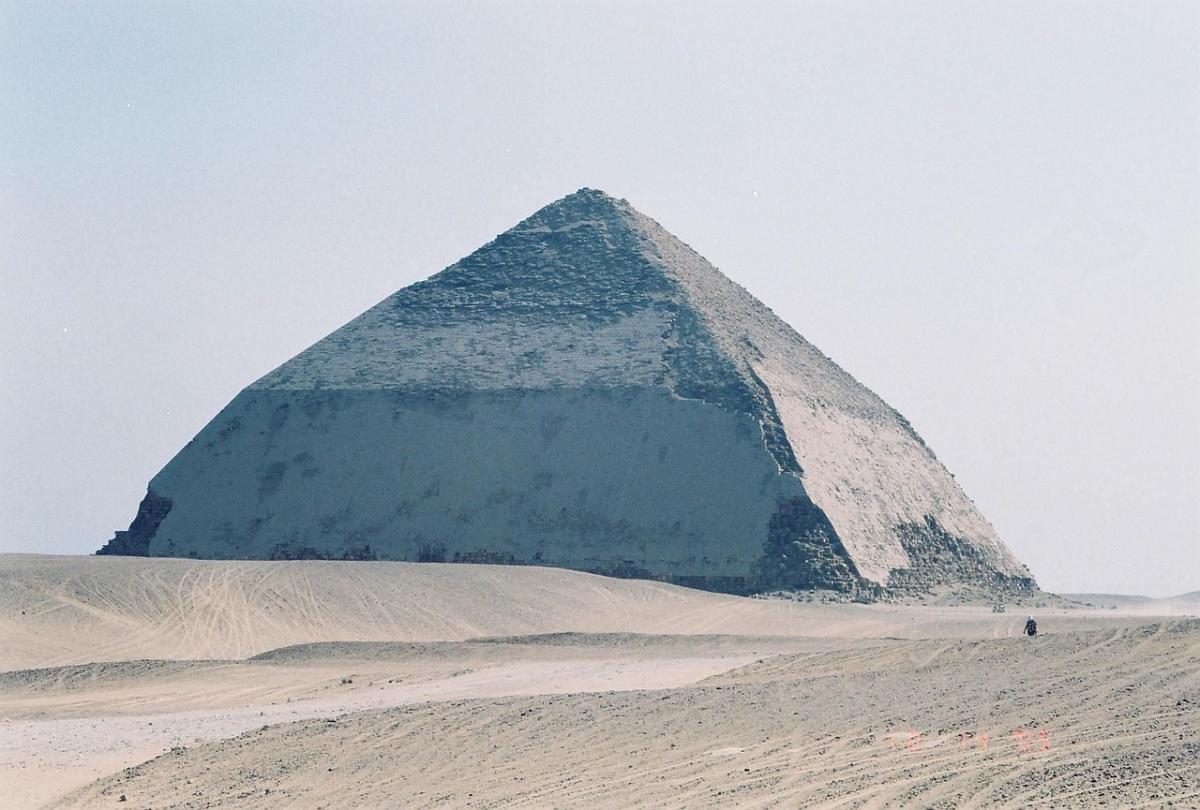
Exploring the Bends of Dahshurs Bent Pyramid
The Bent Pyramid of Dahshur is one of the most remarkable and mysterious monuments in all of Egypt. Located just 25 kilometers south of Cairo, it stands as a testament to the ingenuity and expertise that has been part of Egyptian culture for thousands of years. The pyramid was built during the reigns of Pharaoh Senefru around 4, 600 years ago and is widely considered to be one of his greatest works. It is believed to have originally been intended as a step pyramid but when cracks began appearing in its walls, construction plans were changed mid-way through building making it an interesting example of 'trial-and-error' architecture from this period. Additionally, due to its unusual shape it has become known by many locals as “the Southern Shining Pyramid” or simply “Bent Pyramid” because its upper section leans at an angle different from that at the bottom!
Location & Layout
Dahshur is an ancient Egyptian necropolis located just 25 kilometers south of Cairo. It is home to some of the oldest and most impressive monuments from the Old Kingdom period including several pyramids, temples, and tombs dating back over 4, 500 years. The Bent Pyramid at Dahshur is one of these structures and was built during the reigns of Pharaoh Senefru around 4, 600 years ago.
The Bent Pyramid's layout consists of a unique angled structure that has made it stand out amongst other ancient Egyptian pyramids. Its base measures 188 meters square with each side measuring roughly 105 meters in length before it begins to angle towards its peak which stands at approximately 104 meters tall. This shape gives the pyramid its distinct bent look as if two different angles were used for each section - something that could have been caused by changing plans mid-way through building or due to issues with structural stability along certain sections. Additionally there are two entrances located on opposite sides near the bottom section leading into a descending corridor deep within the interior chambers where archaeologists believe important artifacts may still be buried today!
Architectural Features
The design and construction of the Bent Pyramid of Dahshur is a testament to the ingenuity and expertise that has been part of Egyptian culture for thousands of years. The pyramid was built by Pharaoh Senefru around 4, 600 years ago and is widely considered to be one of his greatest works. It features an unusual angled structure which leads to its distinct bent look as if two different angles were used for each section - something that could have been caused by changing plans mid-way through building or due to issues with structural stability along certain sections. There are also two entrances located on opposite sides near the bottom section leading into a descending corridor deep within the interior chambers where archaeologists believe important artifacts may still be buried today!
In terms of materials used in constructing this remarkable monument, archaeologists suggest that it was likely made from limestone blocks quarried from nearby areas; however, there is some evidence suggesting sandstone may have been utilized as well. Additionally, copper chisels were found at the site indicating metal tools were employed during construction - making this one of Egypt's earliest examples using such advanced technology! Lastly, many experts believe plaster or mortar may have been applied between some stones but no conclusive proof exists at this time so further investigation would need to occur before any definitive conclusions can be drawn about what form these finishing touches took.
Amusing Facts
Carvings and paintings found at the Bent Pyramid of Dahshur add to its mystique as they contain many of Egypt's most iconic symbols, figures, and motifs. In particular, the walls are adorned with intricate hieroglyphic inscriptions that detail various stories from ancient mythology as well as depicting wild beasts such as jackals and snakes. Other images include gods like Ra, Isis, Horus, Thoth among others which have been used for centuries by Egyptians in religious ceremonies or simply to decorate their homes. The carvings also depict scenes from everyday life such as hunting expeditions or trading goods between cities - all adding up to give a glimpse into what life was like over 4500 years ago in this part of Egypt.
The weild beasts mentioned in the facts about the Bent Pyramid represent an interesting aspect of Egyptian culture which is still largely unknown today. These creatures were firmly entrenched within their belief systems and often associated with strength or power; for example Anubis is usually depicted with his canine head while Sobek accompanies tales involving water bodies due to his half-crocodile appearance! Many historians believe these powerful creatures may have served a dual purpose - providing protection against evil forces while also representing divine entities within their pantheon of gods. Whatever their true meaning might be one thing remains certain: these creatures will continue captivating people around the world for generations to come!
Flourishing Life at the Pyramid
Farming and fishing were an important part of life at the Bent Pyramid for the ancient Egyptians. The location of the pyramid in Lower Egypt near the Nile provided ideal conditions for cultivating a variety of crops, including wheat, barley, flax, and vegetables. Fishing was also common in this area due to its proximity to the river where various types of fish would be caught daily. These activities provided sustenance as well as economic opportunities since surplus could be sold or traded with other nearby settlements.
Religious ceremonies and rituals were another major component of life at the Bent Pyramid during ancient times. It is believed that priests conducted regular offerings inside one of its chambers which served as a kind of shrine dedicated to Egyptian gods such as Ra, Isis, Horus and Thoth - all represented by hieroglyphic symbols that can still be seen adorning its walls today! Additionally there are several depictions from everyday life found within these carvings: hunting expeditions or trading goods between cities providing us with insight into what life was like over 4500 years ago in this part of Egypt.
Finally it is worth noting that although most people associate pyramids with death and burial chambers; Dahshur's Bent Pyramid stands out for being primarily used for spiritual practices rather than funerary rites - making it unique amongst other structures from this period! This helps explain why its design has remained largely unchanged throughout history even though many surrounding monuments have been lost over time - demonstrating just how much importance was placed on preserving this sacred site by generations past!
Revitalization Projects
In recent years, there has been a renewed focus on revitalizing the cultural heritage of Dahshur. Several government-funded projects are underway to improve access to this historic site and preserve its monuments for future generations. The most prominent project is an extensive restoration effort that includes repairing damaged structures such as walls, ceilings, and floors of temples as well as reopening old tombs. Additionally new lighting systems have been installed in order to make the pyramids more accessible during night time hours while also allowing visitors to experience these ancient wonders in all their glory!
In addition to physical renovations, several initiatives have been implemented aimed at increasing awareness about the significance of Dahshur's historical sites. This includes educational programs for local students and tourists alike which highlight not only the architectural aspects but also explain how they were used in religious ceremonies or everyday life by people from long ago. Furthermore, ongoing archaeological excavations are being carried out within some areas which could potentially uncover artifacts previously unknown or lost throughout history - making it possible for us today get a closer look into what life was like 4500+ years ago!
The revitalization efforts taking place at Dahshur demonstrate just how much importance is placed on preserving Egypt's cultural heritage even after all these centuries - something that should be applauded given its unique position amongst other ancient civilizations around world! With continued support from both public and private sectors it is hoped that future generations will continue appreciating this remarkable site just like those before them did so many millennia ago!
Conclusion
The Bent Pyramid of Dahshur is a testament to the power and ingenuity of ancient Egyptians. Despite being thousands of years old, it still stands today as an impressive monument to their engineering capabilities. Its unique shape has captivated archaeologists for centuries; its interior chambers providing tantalizing clues about what life was like in this part of Egypt during its prime while also offering insight into how religious ceremonies were conducted there. But most importantly, its presence serves as a reminder that we should never take our historic sites for granted - they are always worth preserving so future generations can appreciate them just like those before us have done!
By investing in restoration efforts and educational programs, the people of Egypt are ensuring that their cultural heritage will remain intact long after they're gone. And together with international organizations such as UNESCO, these initiatives are helping protect some truly remarkable landmarks from around the world - including one right here in Dahshur! So whether you’re interested in history or simply want to experience something extraordinary on your travels, be sure to add this mysterious pyramid to your itinerary - you won't regret it!
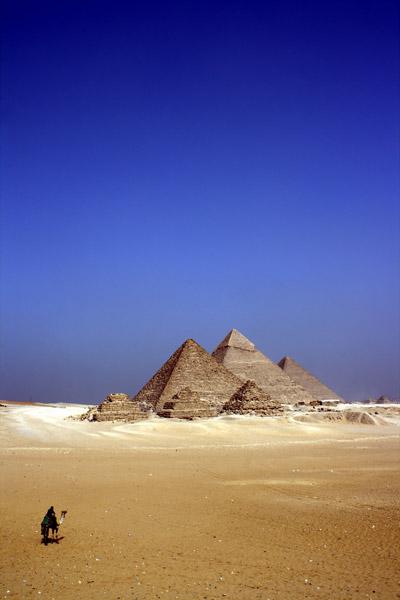
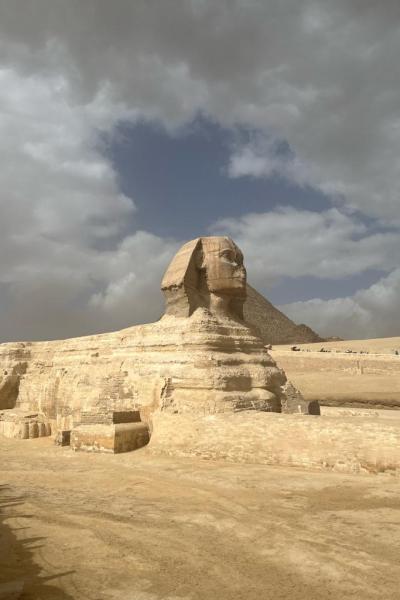
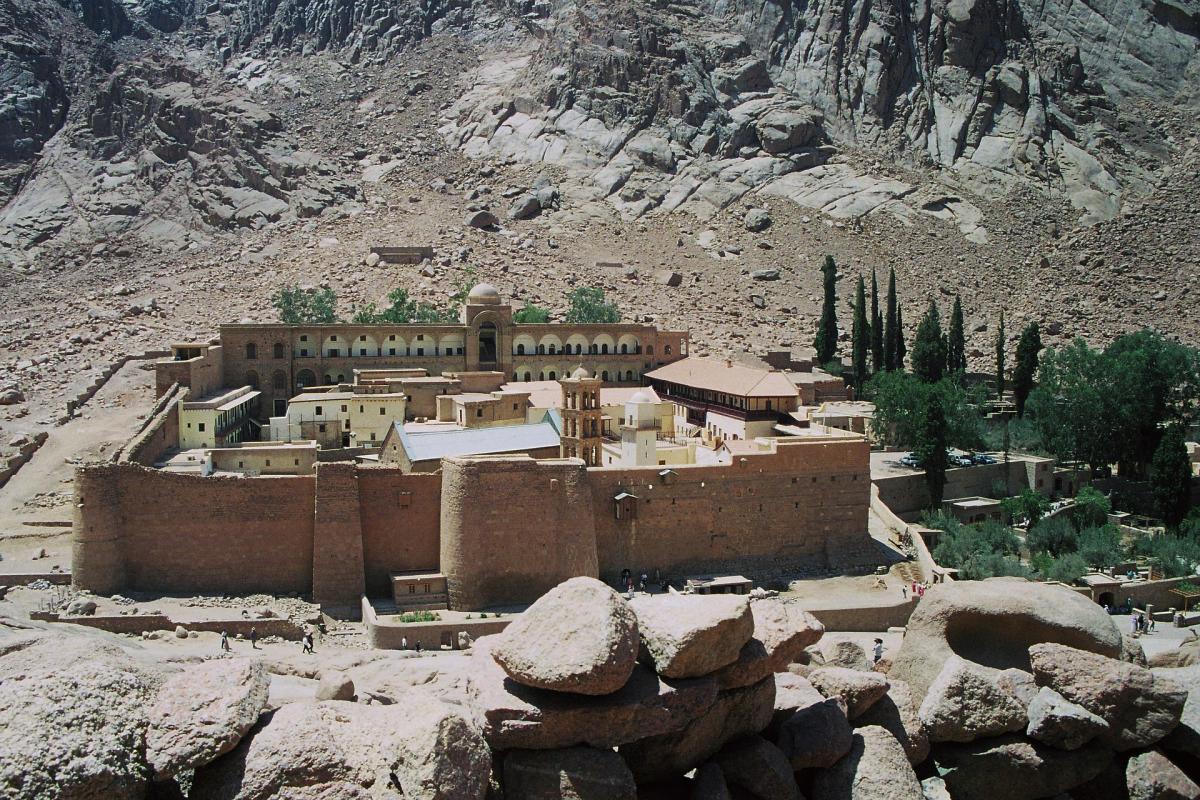
Nestled at the foot of Mount Sinai in the rugged heart of the Sinai Peninsula, Egypt, Saint Catherines Monastery stands as a testament to centuries of faith, history, and art. Officially known as the Sacred Autonomous Royal Monastery of Saint Catherine of the Holy and God-Trodden Mount Sinai, it is the...
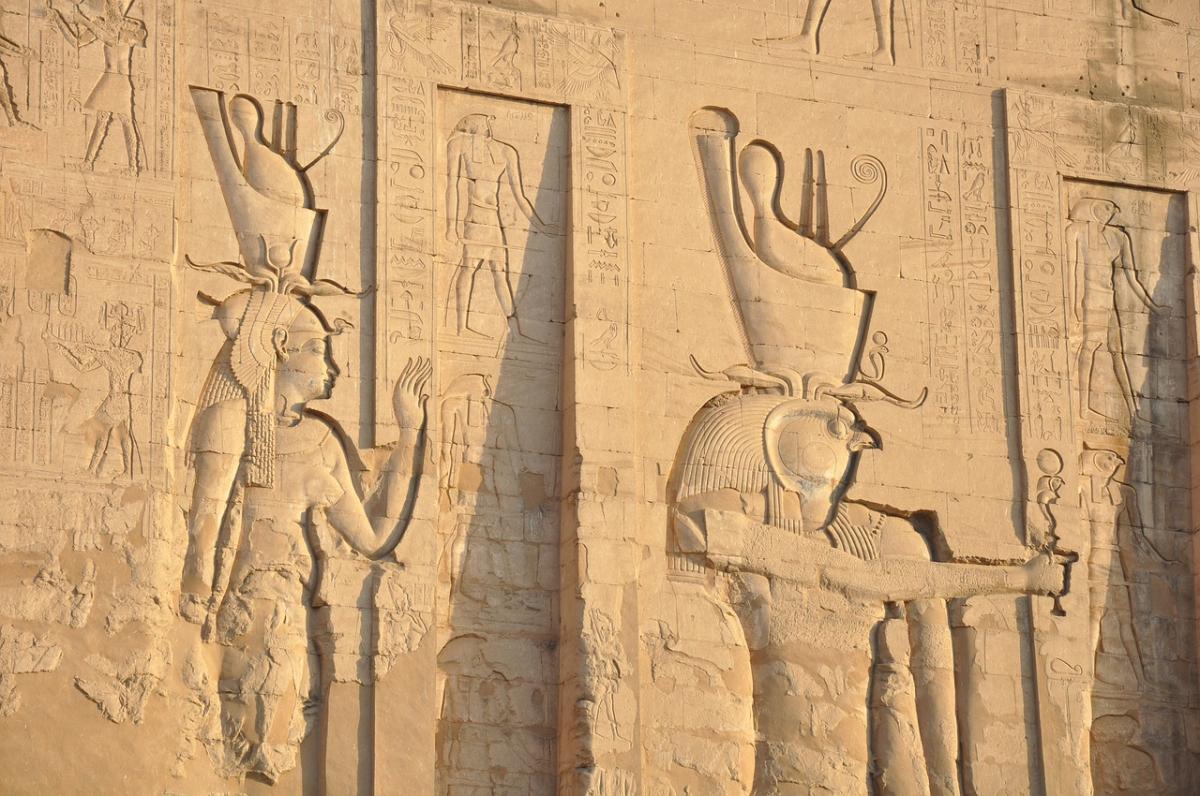
Egypt, a nation at the crossroads of Africa and the Middle East, boasts a culture that is as rich and layered as its millennia-old history . From the monumental legacy of the Pharaohs to the enduring influence of Coptic Christianity and the pervasive traditions of Islam, Egyptian culture is a vibrant...
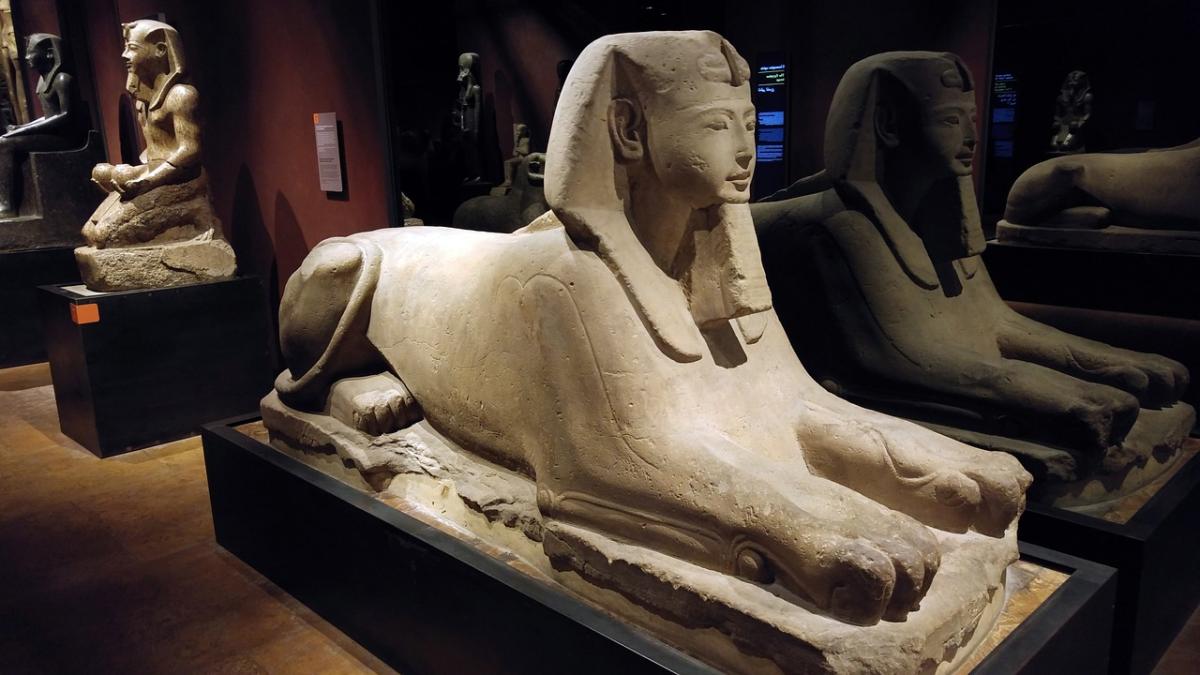
Located in the heart of Cairo on Tahrir Square, the Museum of Egyptian Antiquities, commonly known as the Egyptian Museum, stands as the oldest archaeological museum in the Middle East . For over a century, it has been the worlds foremost repository of Pharaonic antiquities, offering an unparalleled...